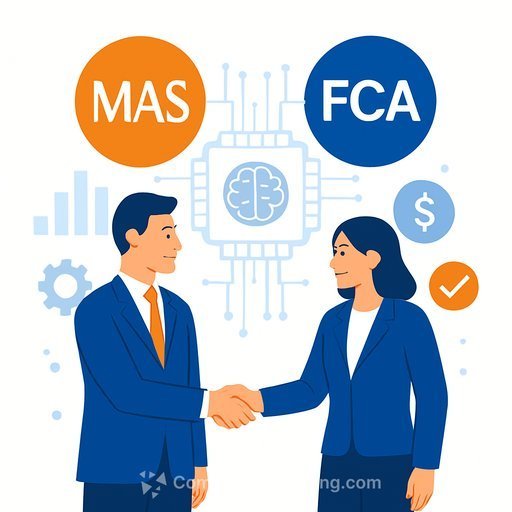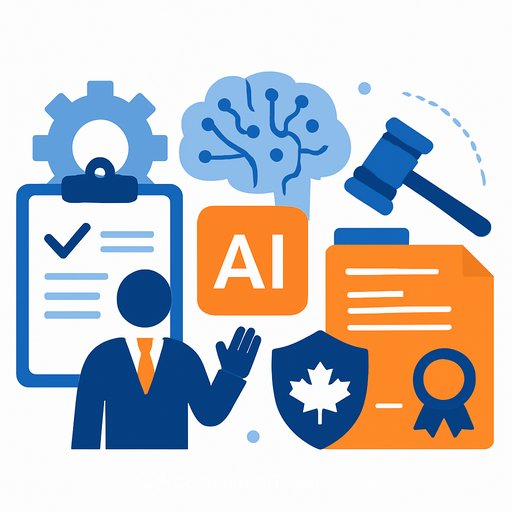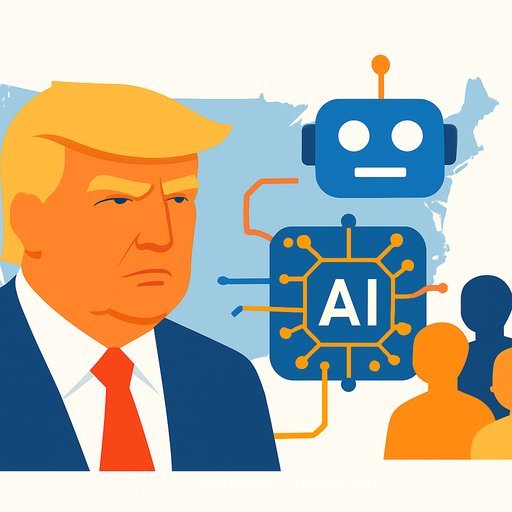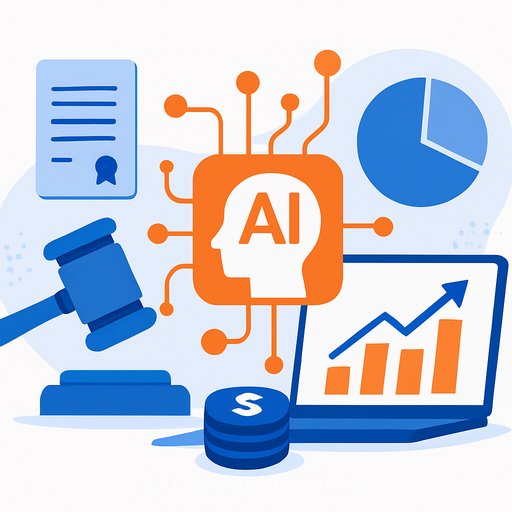DocuSign's Trusted Brand Under Pressure: AI-Native Rivals Redefine Contract Management
The center of gravity in agreement management is moving. E-signature is table stakes. Intelligent contract analysis and automation are becoming the new baseline, with internal tools like OpenAI's "DocuGPT" showing how far AI can push contract work inside finance and legal operations.
The message is clear for legal and business leaders: execution alone won't win. The edge now comes from systems that read, reason, and act across entire contract portfolios.
What "DocuGPT" Signals
OpenAI built an internal agent that takes unstructured files-PDFs, scans, even handwriting-and turns them into clean, searchable, structured data. It uses retrieval-augmented prompting to cross-check clauses against external sources (for example, accounting standards such as ASC 606) and flag unusual terms with reasoning.
Reported results inside OpenAI include cutting review time by more than 50%, scaling volume without linear headcount, and improving consistency through human-in-the-loop feedback. This goes beyond storage and signing. It's contract intelligence.
Why This Matters for Legal and Management
Speed: shortens cycles from intake to signature to revenue recognition. Quality: highlights deviations from playbooks and preferred clause libraries. Visibility: creates structured, queryable data across thousands of agreements.
This shift impacts budgeting, resourcing, and risk controls. Teams that adopt AI-first workflows will set the pace on throughput and compliance.
The Competitive Current
DocuSign still owns mindshare for e-signatures, but AI-first platforms are moving the goalposts. The market is rewarding products that analyze, draft, negotiate, and monitor-end to end.
Incumbents must accelerate AI features: deeper clause analysis, negotiated redlines, portfolio insights, and native integrations with policy libraries and ERPs. Startups are building from the ground up with these capabilities baked in.
How the Technology Works (In Practice)
- Ingest: PDFs, scans, emails, and attachments flow in from CLM, email, and shared drives.
- Normalize: OCR, layout parsing, and chunking to preserve tables, signatures, and exhibits.
- Analyze: retrieval-augmented prompting against internal playbooks, clause banks, and relevant standards; flag non-standard terms with rationales.
- Structure: output into contract objects, fields, and clause tags; map to ERP/CRM and data warehouses.
- Feedback: reviewers add comments; the system learns preferences and thresholds over time.
- Govern: logs, lineage, and approvals for audit and disputes.
What To Do Now: A Practical Playbook
- Scope high-volume contracts first (NDAs, SOWs, MSAs, vendor agreements). Define 3-5 outcomes that matter: cycle time, exception rate, review hours, outside counsel spend, revenue delay.
- Stand up an approval matrix: which clauses can AI auto-approve, which require counsel, which escalate to leadership.
- Build your source of truth: playbooks, fallback positions, redline examples, and prohibited terms as a versioned library.
- Run a 60-90 day pilot with clear baselines. Compare AI-assisted review to your current process on the same doc set.
- Interrogate vendors on privacy: data residency, training controls, isolation, retention, and audit trails. Require SOC 2/ISO 27001 and model usage disclosures.
- Integrate with your CLM, CRM, ERP, and data warehouse early. Automation wins compound when data flows both ways.
- Keep humans in the loop for high-risk clauses (indemnity, limitation of liability, audit rights, IP ownership, pricing changes, auto-renewals).
KPIs That Prove Value
- Median time from intake to signature
- Reviewer hours per contract and per clause category
- Exception rate vs. playbook; variance from standard terms
- Outside counsel spend per contract type
- Revenue acceleration from faster bookings/renewals
- Post-signature issue rate and dispute outcomes
Risk, Ethics, and Controls
Confidentiality comes first. Use data isolation, strict retention policies, redaction for PII, and zero-training guarantees for vendor models handling your documents.
Deploy bias and accuracy checks, plus scenario tests on clauses that carry high financial exposure. Align governance with established frameworks such as the NIST AI Risk Management Framework.
Label outputs as AI-assisted. Avoid unauthorized practice of law by keeping attorney oversight on legal advice and non-standard decisions.
NIST AI Risk Management Framework
What This Means for DocuSign Customers
- Ask for a clear roadmap on AI clause analysis, negotiation, and portfolio intelligence.
- Confirm connectors to your playbooks, clause banks, and finance standards; check for retrieval-augmented capabilities.
- Demand exportability of your structured data and annotations to avoid lock-in.
- Pilot AI features on real contracts, not demos. Measure against your KPIs.
Near-Term Horizon
Expect smarter negotiation agents with tight guardrails, predictive risk scoring across portfolios, and policy-aware drafting that stays within your playbook by default. Smart contract integrations may add immutability and automated triggers for renewals, service credits, and audits.
The end state is a symbiotic workflow: AI handles volume and pattern work, professionals handle judgment, strategy, and edge cases.
Action for the Next 30 Days
- Inventory contract types, playbooks, and preferred clauses; tag risk drivers.
- Select one pilot area with measurable upside (e.g., vendor NDAs or SOWs).
- Issue an RFP that tests on your documents and requires privacy disclosures.
- Publish an AI review policy for legal and procurement. Train reviewers.
If you want structured upskilling paths for legal and operations teams exploring AI tools and workflows, see Complete AI Training: Courses by Job.
This article is for information purposes only and does not constitute legal advice. References to third-party technologies (e.g., GPT-4) reflect publicly available information and industry use cases. For model capabilities, see OpenAI GPT-4.
Your membership also unlocks:










